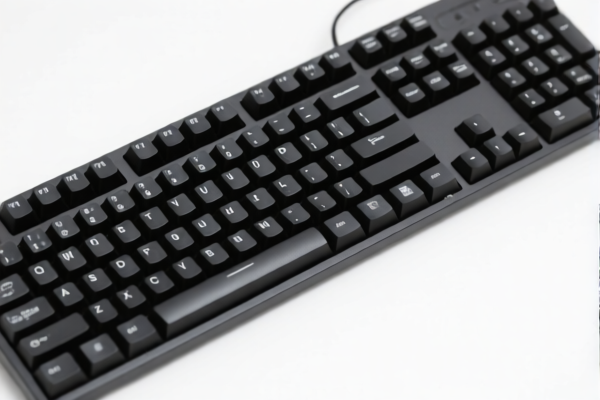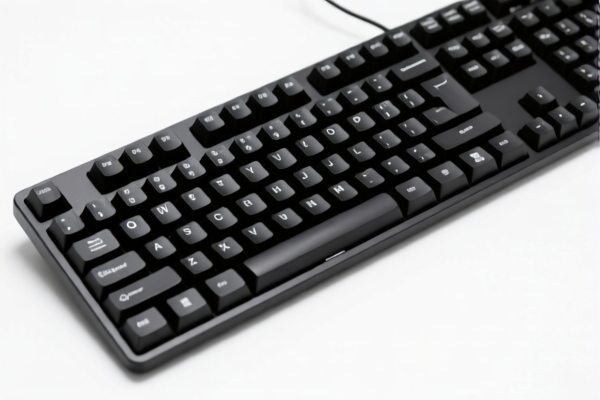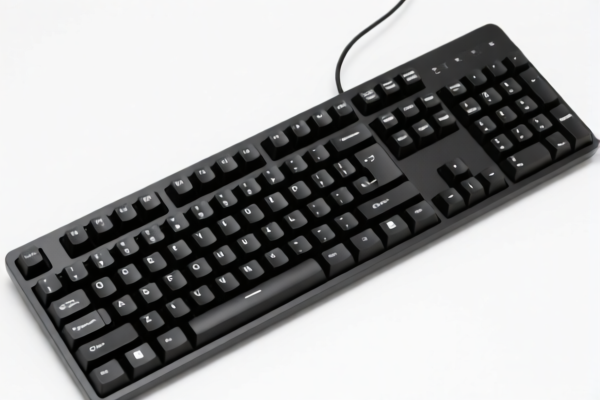| HS Code | Official Doc | Tariff Rate | Origin | Destination | Effective Date |
|---|---|---|---|---|---|
| 8518908100 | Doc | 55.0% | CN | US | 2025-05-12 |
| 8518500000 | Doc | 55.0% | CN | US | 2025-05-12 |
| 8543708800 | Doc | 30.0% | CN | US | 2025-05-12 |
| 8543906800 | Doc | 55.0% | CN | US | 2025-05-12 |
| 9207100005 | Doc | 42.9% | CN | US | 2025-05-12 |
| 9207100010 | Doc | 42.9% | CN | US | 2025-05-12 |
| 9209998000 | Doc | 42.8% | CN | US | 2025-05-12 |
| 9209991000 | Doc | 43.2% | CN | US | 2025-05-12 |




MIDI Keyboard
A MIDI keyboard is an electronic musical instrument used to input musical information into computers. “MIDI” stands for Musical Instrument Digital Interface. Unlike traditional electronic keyboards, MIDI keyboards typically do not generate sound on their own. Instead, they act as a controller, sending data that is interpreted by a computer’s software (such as a Digital Audio Workstation or virtual instrument) to produce sound.
Material
MIDI keyboards are constructed from a variety of materials, including:
- Plastic: Commonly used for the keyboard casing and keybeds, offering a balance of affordability and durability. ABS plastic is a frequent choice.
- Metal: Often used for chassis components, faders, knobs, and pitch bend/modulation wheels for increased robustness and a premium feel. Aluminum is a common metal choice.
- Rubber/Silicone: Used for key contacts and damping layers within the keybed.
- Wood: Higher-end models may incorporate wood for side panels or keybeds, enhancing aesthetics and potentially improving key feel.
Purpose
The primary purpose of a MIDI keyboard is to provide a tactile interface for creating and manipulating musical performances, compositions, and recordings within a digital environment. They bridge the gap between a musician’s playing and the capabilities of software instruments and production tools.
Function
- Note Input: Transmits note-on and note-off signals, specifying the pitch and velocity (how hard a key is pressed) of each note played.
- Controller Data: Sends various control change messages corresponding to the manipulation of knobs, faders, pitch bend wheels, modulation wheels, buttons, and pads. These messages can control parameters within software instruments or effects processors.
- Transport Control: Many MIDI keyboards include buttons for controlling playback, recording, and other transport functions within a DAW.
- Communication: MIDI keyboards communicate with computers via USB, MIDI DIN connectors, or wirelessly via Bluetooth.
Usage Scenarios
- Music Production: Composing, arranging, and recording music using DAWs like Ableton Live, Logic Pro X, Pro Tools, and FL Studio.
- Live Performance: Controlling virtual instruments and effects in real-time during live shows.
- Sound Design: Creating and manipulating sounds using software synthesizers and samplers.
- Education: Teaching and learning music theory and keyboard skills.
- Virtual Instruments: Triggering and playing software-based instruments such as synthesizers, pianos, drums, and orchestral sounds.
Common Types
- Portable MIDI Keyboards: Compact and lightweight, often with 25, 32, or 49 keys, designed for travel and on-the-go production.
- Standard MIDI Keyboards: Typically feature 61 or 88 keys, resembling the size of a traditional piano keyboard.
- Weighted-Key MIDI Keyboards: Simulate the feel of an acoustic piano with weighted keys that require more force to press, providing a more realistic playing experience. These come in fully-weighted, semi-weighted, and hammer-action varieties.
- Synth-Action MIDI Keyboards: Feature lighter, faster keys designed for playing synthesizers and other electronic instruments.
- Master Keyboards: High-end models with extensive control features, often including motorized faders, multiple control surfaces, and advanced connectivity options.
- MIDI Drum Pads: Specialized controllers with velocity-sensitive pads for triggering drum sounds and samples.
- Hybrid Keyboards: Combine MIDI keyboard functionality with other features such as built-in audio interfaces, speakers, and software integration.
MIDI keyboards fall under the category of musical instruments where sound is produced or must be amplified electrically. The applicable HS codes are detailed below:
-
9207.10.00.05: This HS code covers musical instruments, specifically keyboard instruments (other than accordions) and music synthesizers valued under $100 each.
- 92: Chapter 92 pertains to musical instruments (including accordions).
- 07: Heading 07 specifically addresses keyboard instruments and synthesizers.
- 10: Subheading 07.10 further defines keyboard instruments and music synthesizers.
- 00: This further specifies the category.
- 05: Indicates instruments valued under $100 each.
-
9207.10.00.10: This HS code covers musical instruments, specifically keyboard instruments (other than accordions) and music synthesizers valued $100 or over each.
- 92: Chapter 92 pertains to musical instruments (including accordions).
- 07: Heading 07 specifically addresses keyboard instruments and synthesizers.
- 10: Subheading 07.10 further defines keyboard instruments and music synthesizers.
- 00: This further specifies the category.
- 10: Indicates instruments valued $100 or over each.
Tax Rate Information:
Both HS codes 9207.10.00.05 and 9207.10.00.10 have the following tax structure:
- Basic Tariff: 5.4%
- Additional Tariff: 7.5%
- Tariff after April 2, 2025: Additional Tariff of 30%
- Total Tariff: 42.9%
Important Note:
The applicable tariff rate depends on the value of the MIDI keyboard. Instruments valued under $100 each will be classified under 9207.10.00.05, while those valued $100 or over will be classified under 9207.10.00.10.
Customer Reviews
No reviews yet.